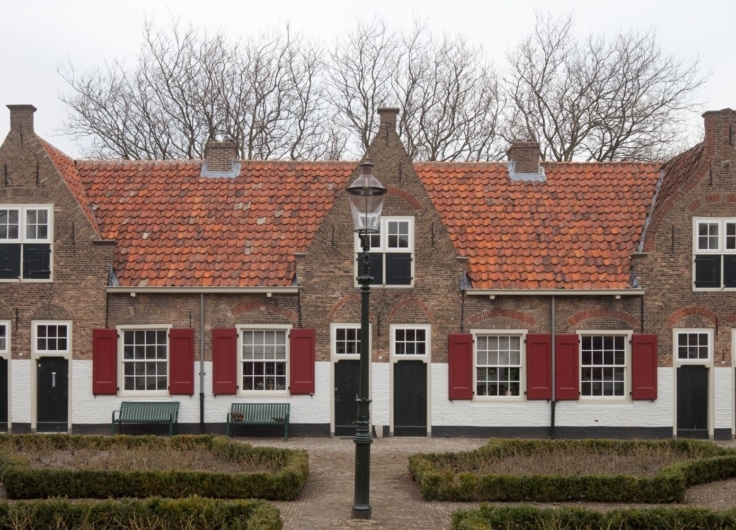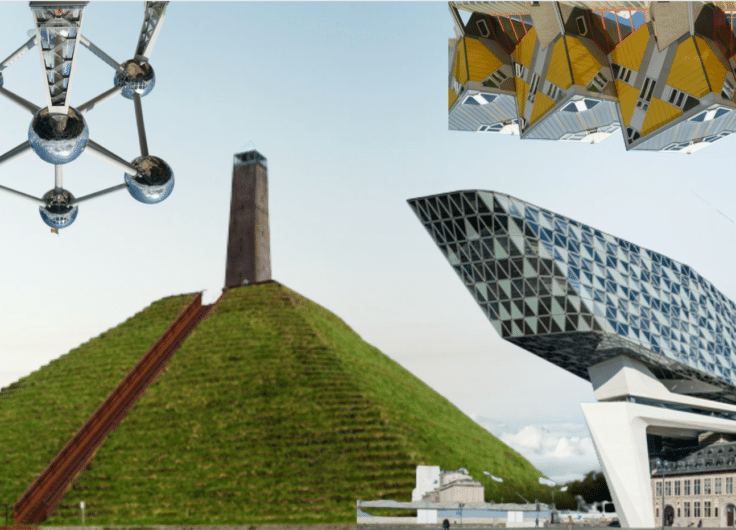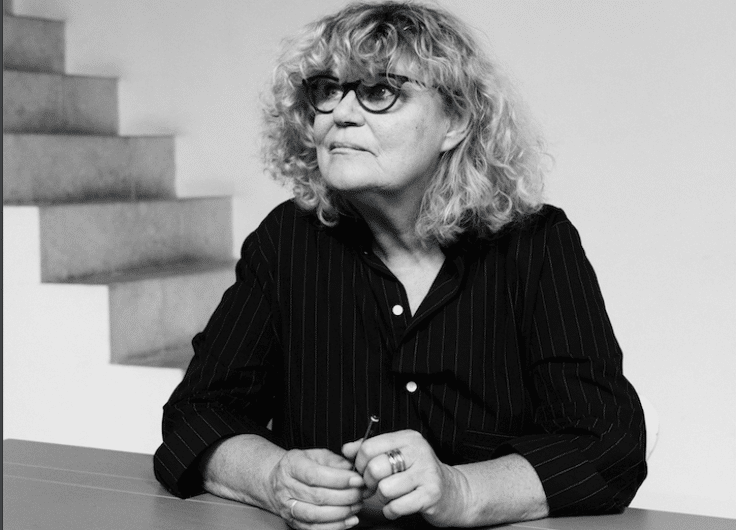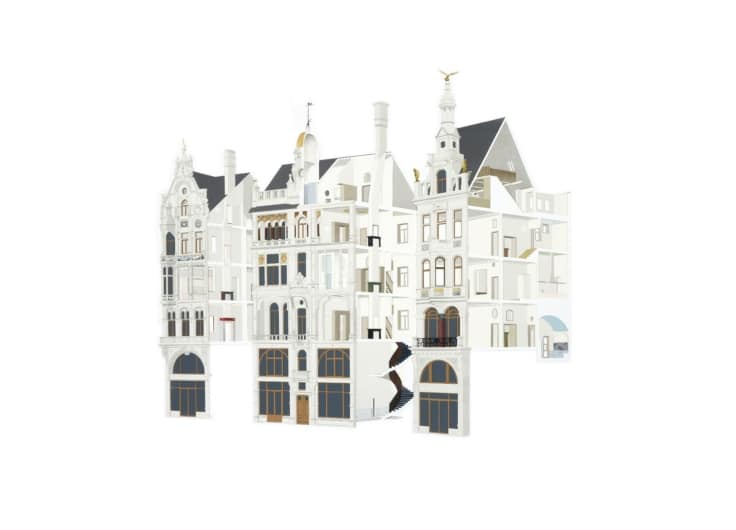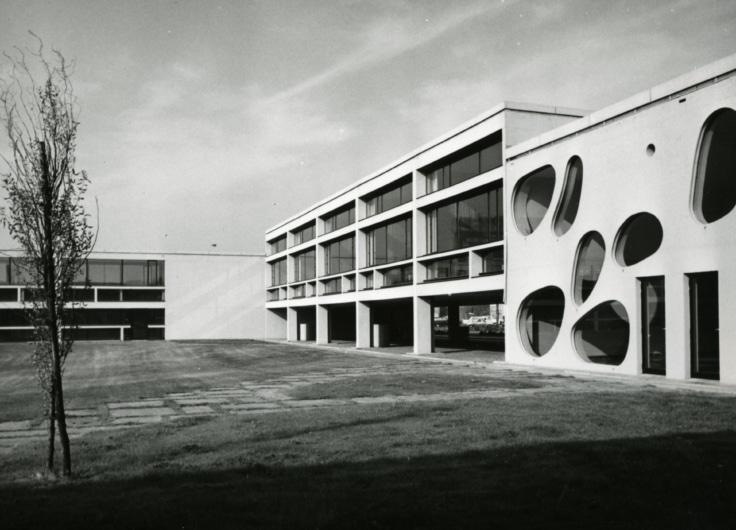The Dutch are different. They drink milk at lunchtime. They eat more cheese than anyone else. And they hardly use curtains.
It’s the open windows that seem most odd. When you walk through a Dutch city late at night, the chances are you’ll be able to see inside the front rooms.
You don’t see this in any of the neighbouring countries. The British like to draw their thick curtains as soon as the light fades. The Belgians often have lace curtains permanently in place to prevent anyone from seeing inside their home.
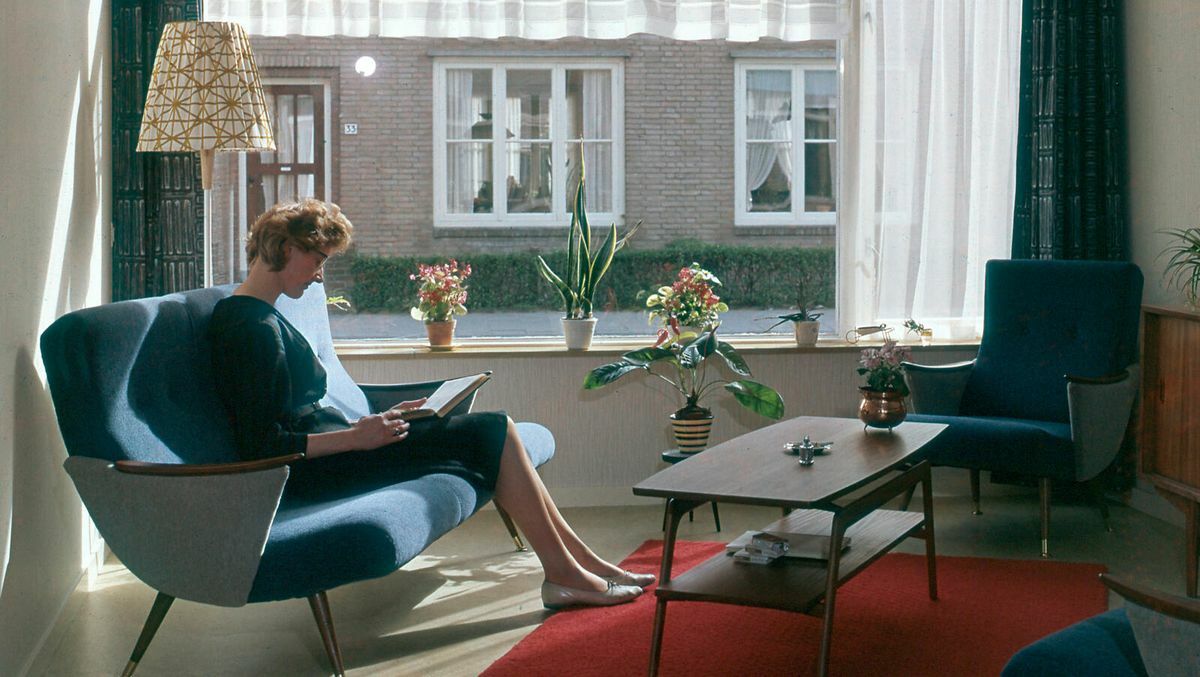
© National Archive / Spaarnestad Collection / Jan Van Eyck
The open windows teach you a lot about Dutch ideas of interior design. In a big city like Amsterdam, you will spot richly-decorated interiors that look like Vermeer paintings. Others will have a neat Nordic look with just a few carefully-placed objects, like illustrations in a design magazine.
Wandering around a quiet village, you might spot a table with a vase of artificial flowers, a row of porcelain ornaments and a heavy leather sofa. You might even be able to see what people are watching on television.
No one has come up with a clear explanation of this unique Dutch tradition. Some say it comes from a Calvinist belief in showing one’s purity by putting everything on display. Others claim it comes from the Dutch desire for openness and honesty. Or it might just be a way of showing off one’s good taste.
Whatever the reason, it makes Dutch cities fascinating to explore after dark. It also makes the streets in a cold northern country more warm and welcoming. Gezellig, you might say.
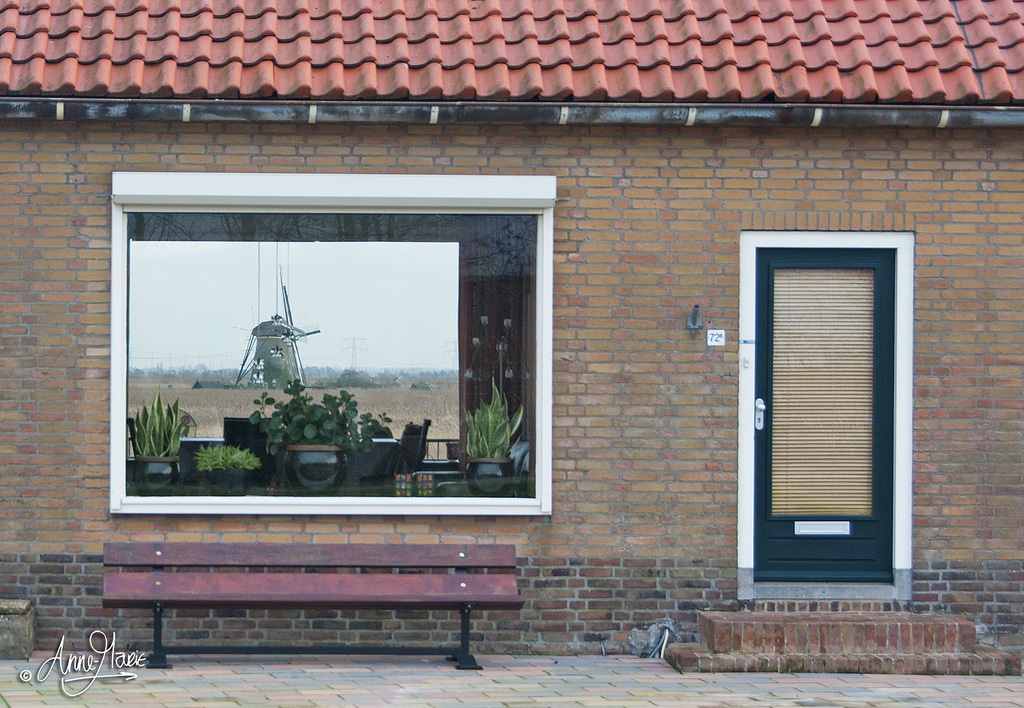
© Anne-Marie


